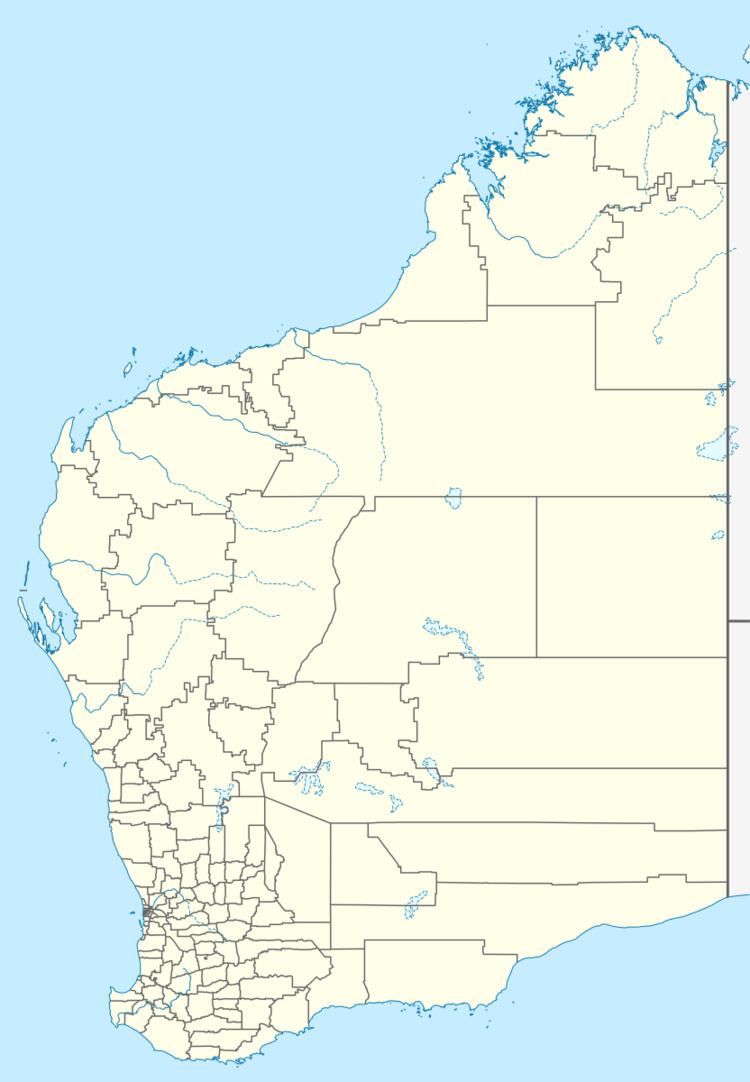Year first lit 1980 (current) Construction metal skeletal tower Characteristic FI (3) W 15s. Height 24 m Automated 1980 | Foundation concrete Light source solar power Focal height 30 m Range 27,780 m Year first constructed 1930 | |
 | ||
Tower shape square frustum tower with balcony | ||
Escape Island is an island near Jurien Bay in Western Australia.
Contents
Map of Escape Island, Western Australia, Australia
Description
The island has an area of 27.33 hectares (68 acres), is located 5.0 kilometres (3 mi) from the mainland, at the southern end of Jurien Bay, and has a maximum elevation of 12 metres (39 ft).
The island is part of the Turquoise Coast islands nature reserve group, a chain of 40 islands spread over a distance of 150 kilometres (93 mi).
Lighthouse
A 96-foot (29 m) lighthouse was constructed in the centre of the island in 1930. Initially the lighthouse had a brightness of 6000 candlepower and was visible for 15 miles (24 km). The light was a group flashing white light model, showing three flashes every fifteen seconds. Originally powered by butane gas, it was converted to solar power in 1986; it now consists of a solar powered unmanned light on top of a steel tower.
Geology
The islands were formed approximately 10,000 years ago after large fluctuations in sea levels caused erosion on large areas of the continental shelf during periods of glaciation. Large parallel sand dunes then formed and hardened into limestone, forming islands, most of which have been separated from the mainland for 6,500 years.
Well preserved Tamala limestone geological features can be found on the islands, including the fragile fossil root networks known as rhizoliths that are found on Escape Island.
Fauna
The Jurien Bay skink is found on the island, inhabiting the crevices in the limestone rocks. The bull skink is also found but lives in shallow burrows in the sandy soil. King's skinks are also found on the island but tend to inhabit the petrel burrows that are also found on the island.
In 1999, 40 dibblers that were bred at Perth Zoo were released on the island under the wildlife recovery program Western Shield.
